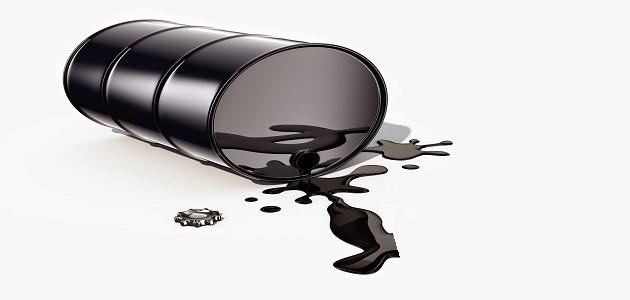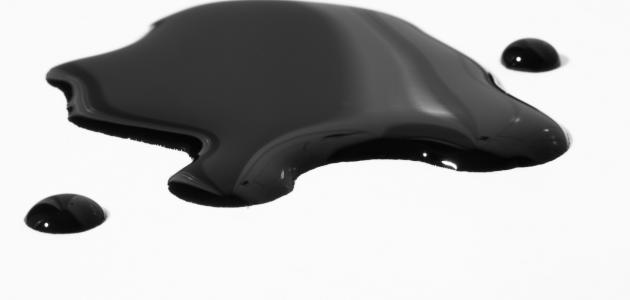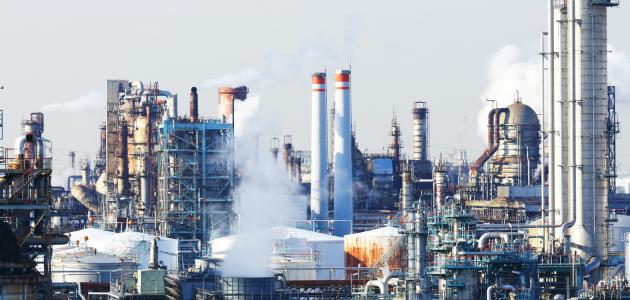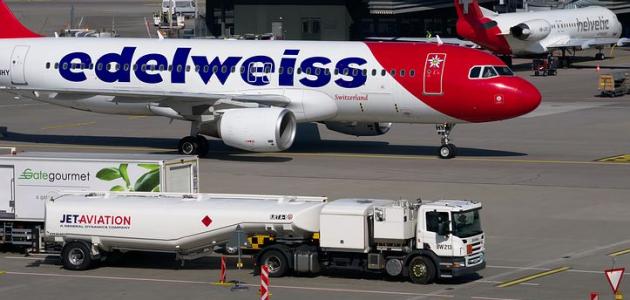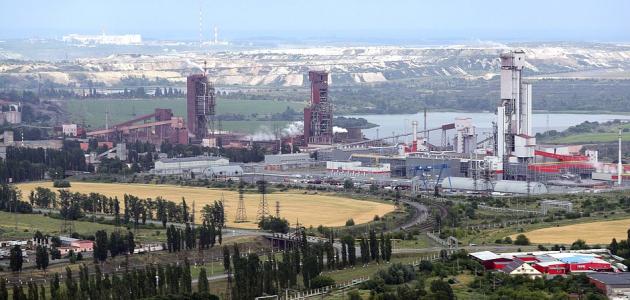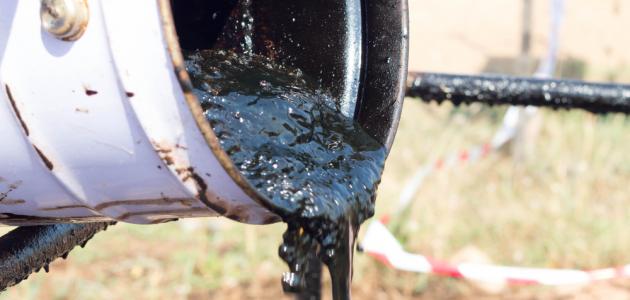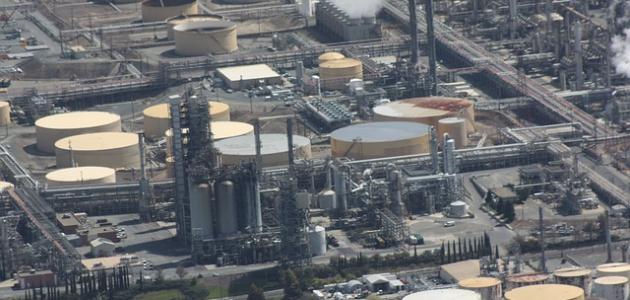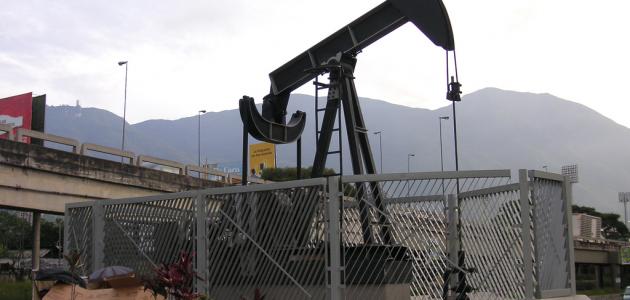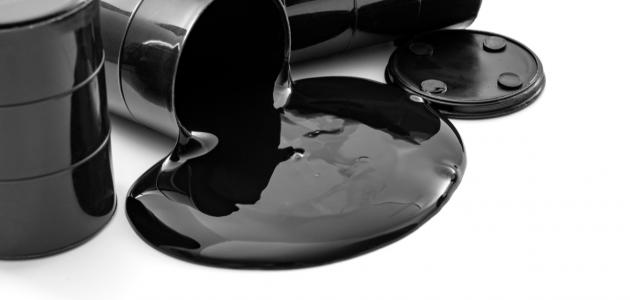Petroleum refining
Crude oil is a mixture of different hydrocarbon components, and all of these components need a set of processes through which the crude oil is processed, and the desired and preferred materials are extracted to convert them into consumer products useful to humans. For this, all components are burned and the raw material is broken into particles, and then these particles are subjected to a series of operations called “oil refining”.
Petroleum refining method
Preparation of crude oil for refining
Crude oil is prepared by expelling the gases associated with the oil as it exits the well, and removing the water, salts, sand and mud associated with the oil when it is extracted as well.
distillation
This step depends on separating the petroleum components depending on a certain boiling point, and through it the lighter molecules with a low boiling point are separated by the process of boiling and condensation, and this process is done by the following methods: primary distillation or under atmospheric pressure, distillation under vacuum pressure, or low pressure, Diluted oil distillation, azeotropic distillation, and extractive distillation.
Solvent extraction
The components are separated according to the chemical type of the particles, and they must have a set of international standards because their role is very serious, as the distillates resulting from the previous step are processed to produce lubricating oils.
Read also:Means of transportation of oil and gaspurification
It is a set of physical processes aimed at extracting high-quality products, and purification is done with solvents or adsorption, which relies on some particles of matter inside the retinal structure to expel the particles that people want to the outside.
Cooling
This process includes a series of steps: separation of the separation of gases, stabilization of gasoline, octane number of gasoline used as motor fuel, and stabilization of the cetane number of gasoline fuel.
Thermal cracking
It is a chemical process that is subjected to the influence of high temperatures and high pressure in order to break down the raw petroleum materials and the remaining materials from the distillation process.
Catalytic cracking
It is a process that takes place in the presence of catalysts, and is carried out at high temperatures using catalysts of silica, ammonia, or magnesia, in order to break carbon-carbon bonds in hydrocarbon compounds and convert them into paraffins with fewer carbon atoms, or convert them into olefins and remove hydrogen atoms from them.
gradient cracking
It is a process that takes place in the presence of hydrogen, with the aim of producing suitable types of naphtha, aviation fuel, and lubricating oils, and producing saturated hydrocarbon compounds that have low molecular weights and low boiling points.
catalytic remodeling
This method is used to extract automobile fuel with a high octane number, or to produce aromatic hydrocarbon compounds such as: benzene and toluene, and the quality of liquid and gas materials in this process depends on the type of agent used during catalytic formation and its operating and working conditions.
Read also:components of gasoline